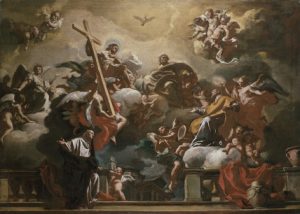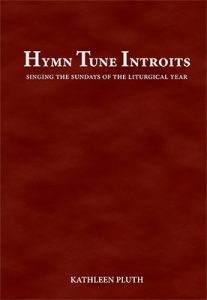For several years work has been underway to develop a new edition of the Liturgy of the Hours (LOTH) in English for use in the United States. The version currently in use dates from the mid-1970s and is overdue for revision, since the second post-conciliar Latin edition was issued 34 years ago. So the new edition is coming with numerous positive changes, many of them based on the 2001 document Liturgiam authenticam.
One part of the work has reached a milestone: the task of translating the office’s Latin hymns into English has been completed by the International Commission on English in the Liturgy (ICEL) and the results will be up for approval by the US bishops this month at their meeting.
These are great hymns, nearly 300 of them, full of theological significance and suited to the various feasts and daily observances, so they will be a true enrichment for the Liturgy of the Hours. They will replace the English-language hymns, songs, and poems that were used in the current edition, nearly all of them unrelated to the corresponding Latin texts.
As with most things in the world of church music, there is debate. Happily, the hymns are being put into English with an eye to preserving the original meter of the Latin hymns. This will make it so that the original melodies, simple Gregorian tunes, can be used with them. But in a move that inspires misgivings, the hymns are being rendered as unrhymed text.
Here’s an example:
Verbum Patris altíssimi,
Lux lucis invisíbilis,
Custos tuórum pérvigil :
Tu fabricátor ómnium
Discrétor atque témporum,
Fessa labore córpora
Noctis quiéte récrea.
Qui frangis ima tártara,
Tu nos ab hoste líbera,
Ne váleat sedúcere
Tuo redémptos sánguine,
Ut, dum graváti córpore
Brevi manémus témpore,
Sic caro nostra dórmiat
Ut mens sopórem nésciat.
Iesu, tibi sit glória,
Qui morte victa prænites,
Cum Patre et almo Spíritu,
In sempitérna sæcula.
Demo videos from ICEL for nine of the new hymn texts are available on the net.
Of course, the decision to avoid rhyme in the English translations of these hymns was not made without reason. In some cases, obtaining a rhyme can force the translator to change conventional English word order. This is commonplace in hymnody and poetry, but, it is said, it could arguably make the text seem artificial for the many clergy who observe the daily office alone, who read it rather then singing it.
One must concede that that is a reason, but it reflects a sad state of affairs: that now, as in the liturgical reform of the 1960s, the celebration of the liturgy with music is treated as something good but secondary, as somewhat less important than the desire to celebrate the liturgy in merely spoken form.
As a consolation, I am told that the new unrhymed English hymns will not be mandatory: that it will be permitted to use other translations, including the classic rhyming translations by greats such as Neale and Winkworth, or more recently those from the nuns of St. Cecilia’s Abbey in Ryde or Stanbrook Abbey.
More information on the status of the LOTH is available at the site of the USCCB.



